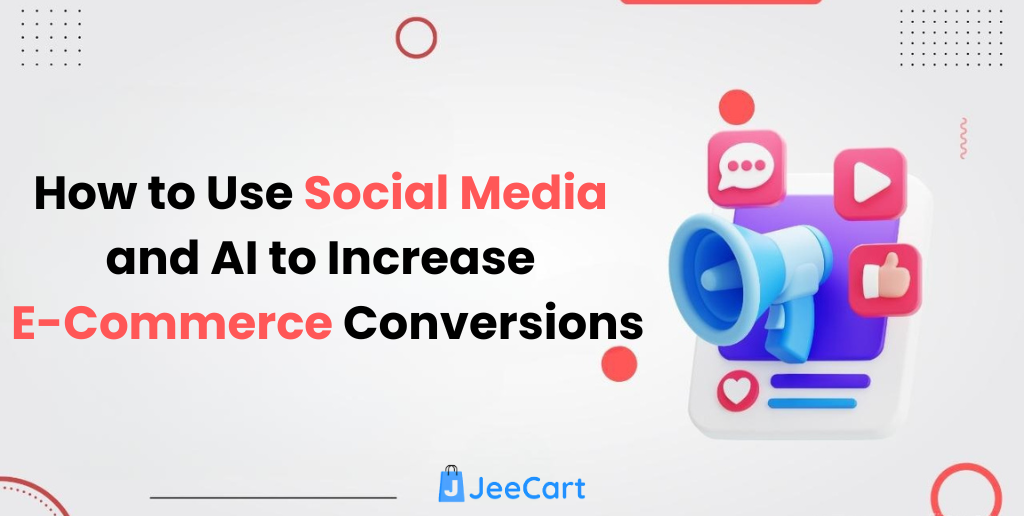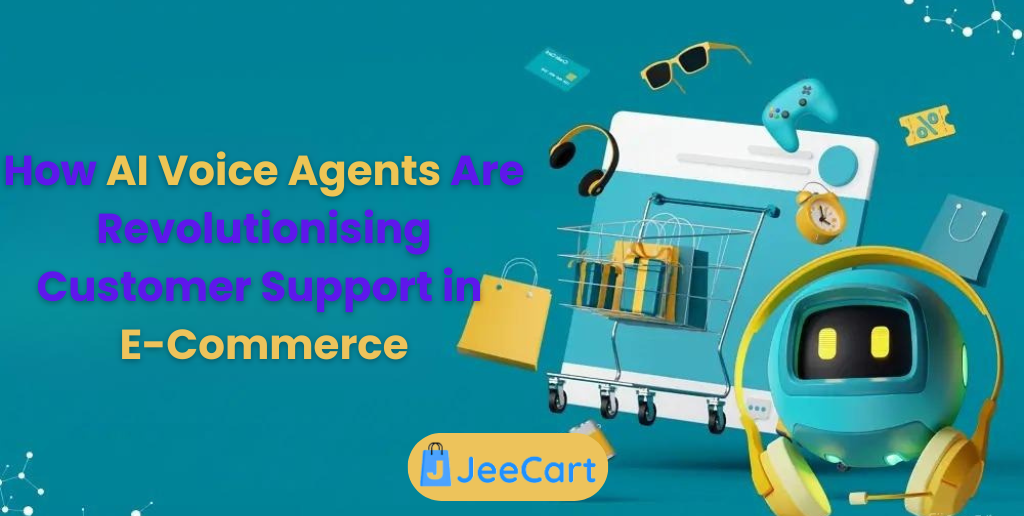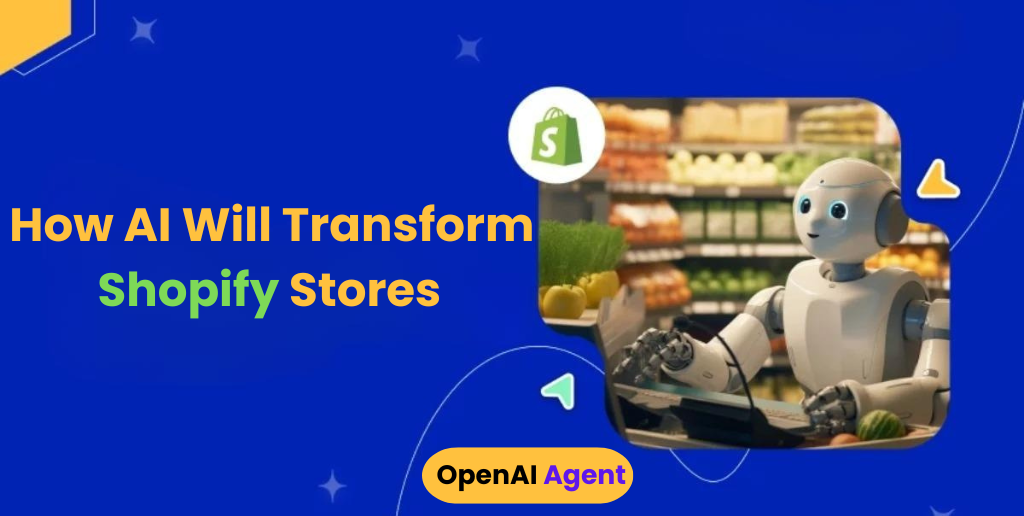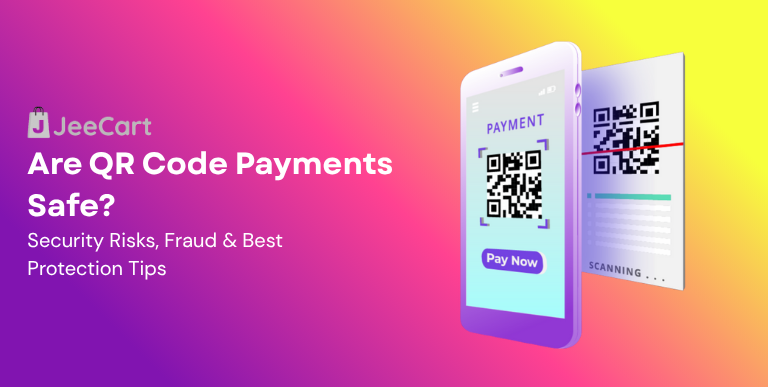Remember back in the ’90s when businesses had just a few traditional ways to reach their customers? Maybe a billboard, a TV ad, or a good old phone call. Life was simple. But today? Totally different story.
Now, people are buying straight from Instagram while sipping coffee, trusting personal brands they follow on YouTube, and making big purchases with a single click on Amazon.
Here’s something wild: 73% of shoppers hop across multiple channels before they buy anything.
And brands that actually connect all those dots? They’re winning big—they keep about 89% of their customers, while others are scrambling to keep just a third.
So yeah, it’s not just about showing up on every platform anymore. It’s about making it all feel connected.
That’s where the whole Multichannel vs Omnichannel marketing comes in.
In this blog, we’ll discuss the difference and why it matters for your business.
What is Multichannel Retailing?
In simple terms, when you engage customers through various crucial channels like social media, website, or a physical store pop-up, it is a form of Multichannel Retailing.
Multichannel Example:-
Gymshark reaches customers through its website, social media platforms, and physical pop-up stores. Each channel operates independently, with its own promotion and sales strategy to reach the desired target audience.
Advantages of Multichannel Retailing
- Expanded Reach: You can connect with customers on multiple platforms.
- Flexibility in Channels: Develop strategies unique to each channel.
- Distributing Resources: Distribute resources according to the performance of each platform.
Disadvantages of Multichannel Retailing
- Varying Experiences: Customers might experience inconsistencies across different channels.
- Silos of Data: Customer data might not be integrated. Hence, it leads to fragmented insights.
- Expensive Operations: It can take a lot of resources to manage several independent channels.
What is Omnichannel Retailing?
All customer touchpoints are integrated by omnichannel retailing to provide a seamless and unified experience. It is effortless for customers to transition between channels as they receive consistent messaging and service.
Omnichannel Example:-
Starbucks offers its services through mobile, website, or in-store with a strategic customer experience. Customers feel valued and honoured when associating with a brand that doesn’t make ordering complex & makes the whole experience seamless.
Advantages of Omnichannel Retailing
- A Consistent Journey: Customers experience a reliable path across every channel.
- Improved Customer Understanding: Data integration allows for a complete understanding of customer actions.
- Loyalty Enhanced: Trust and loyalty from customers are the results of consistent experiences.
Disadvantages of Omnichannel Retailing
- Complexity of Implementation: It can be difficult to put systems and data together across channels.
- Increased Expenses: The team might find it difficult to learn tech & other integration procedures.
- Challenging Maintenance: Constant maintenance is needed to keep things running smoothly.
Omnichannel vs Multichannel Ecommerce
In the world of online commerce, the separation of multichannel and omnichannel tactics becomes very evident.
What is Multichannel Ecommerce?
Marketing and selling items across multiple platforms, like Amazon, eBay, and a proprietary website, with each site operating as a separate business entity.
What is Omnichannel Ecommerce?
Combining all sales channels so that inventory, customer data, and order processing are in sync. Providing a shopping experience that is easy and seamless.
- Omnichannel vs Multichannel Customer Service
Customer service is a critical area where the differences between multichannel and omnichannel approaches are evident.
- Multichannel Customer Service
Support is available through various channels like phone, email, and chat, but each operates independently.
- Omnichannel Customer Service
All support channels are integrated, allowing customer interactions to be tracked and continued seamlessly across platforms.
Example
Omnichannel: A customer starts a support chat on a website, continues the conversation via email, and finalizes the issue over the phone, with the support team having full context throughout.
Bottom Line – Don’t Just Show Up. Show Up Smart.
Omnichannel: All channels are fully integrated, providing a unified customer experience.
Multichannel is like being at five parties at once, but not really talking to anyone.
Omnichannel? You’re at one party, but everyone knows your name, your drink, and your favorite song. It just flows.
Ever seen how Netflix recommends what you’ll love before you even ask? Or how you can order a drink on the Starbucks app, and it’s ready when you walk in? That’s omnichannel marketing.
Connect the dots, and your customers will keep coming back for more.







